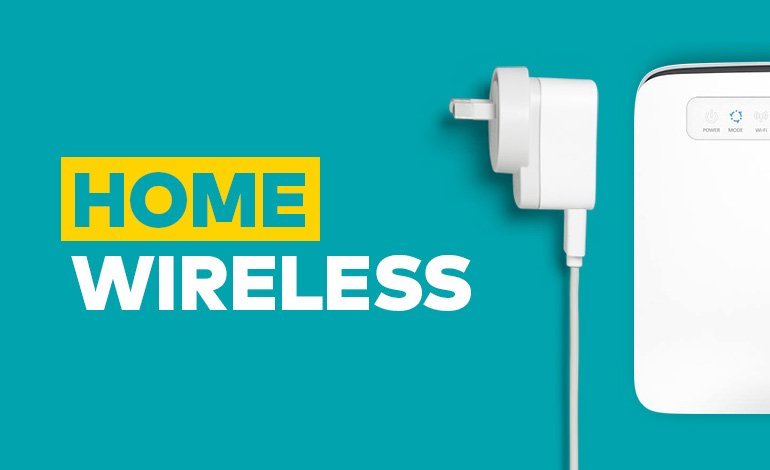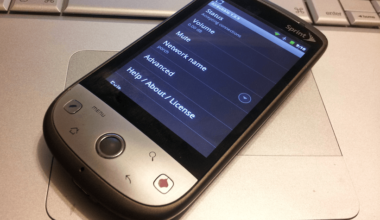LTE is the acronym for Long Term Evolution, which is a 4G wireless broadband standard. This is the fastest wireless network for smartphones and mobile devices, replacing the previous 4G networks such as WiMax. It is also going to replace 3G on many mobile devices.
This technology provides higher bandwidth, which offers better connection speeds, and greater technology for voice calls and multimedia streaming. Thus, it is suitable for heavier apps and those that are bandwidth-hungry applications on mobile devices.
Improvements Offered By LTE
LTE has become a better online service because it offers great online activity for mobile devices because of the following features.
- Increased upload and download speeds
- Low latency in data transfer
- Much improved mobile device support
- More devices can connect to an access point at a time due to scalability
- Provides better voice calls, improved switching, and enhanced codecs. The said technology is named Voice over LTE or VoLTE.
Requirement For LTE
You need to have a mobile device that supports LTE, which you can normally find in the device’s specs, usually named as 4G-LTE. If you are unable to use a device that supports LTE, then you need to change your device. In fact, not all devices displaying LTE on their specs are reliable about their claims.
Some manufacturers even failed to live up to expectations when providing LTE hardware. Thus, the acronym has only become a tool for marketing and often misled. Therefore, it is important to have a little research when planning to buy a smartphone these days. You can read reviews, opinions from researchers, and check for the actual LTE performance of the device.
Moreover, you need to have a service provider with solid coverage in your area of operation. It is useless to invest in LTE devices if you are within an area that is not covered by LTE. Likewise, it is important to consider the cost you can be paying for LTE plans but you are only covered by 3G data.
The History Behind LTE
The development of 3G after the cellular 2G network was quite a revolution, but it still lacked speed. So, in 2008, a new set of specs was named 4G or 4th generation, which included speed as one of the specifications.
The requirements specifications were brought by the ITU-R, a regulating body for connections and speeds. These satisfied the modern needs for improved modes of communication and consumption of mobile data. These included VoIP, video conferencing, real-time collaboration, data transfers, and streaming videos.
Based from such specifications, a 4G network would deliver speeds of up to 100Mbps when in motion and around 1Gbps when at rest. These targets are quite high, but the ITU-R had nothing to say regarding these standards. So, the rules were a bit eased up, considering new technologies to be 4G even if they have fallen below the speed specifications mentioned above.
Overall, LTE is the fastest technology so far, which lies in a number of factors, such as radio waves, unlike 3G which used microwaves. This allowed LTE networks to have better penetration even in remote areas with greater coverage span.






